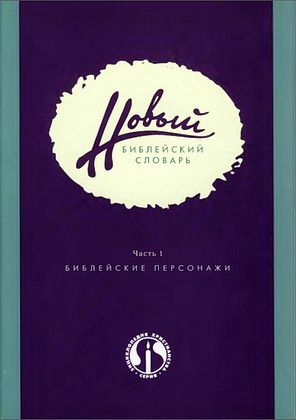
Land of Israel - History and Archeology
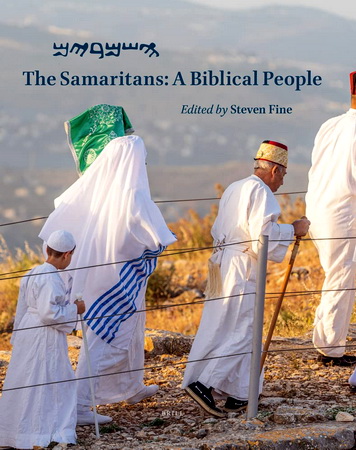
Badri Cohen lives in the Samaritan community of Kiryat Luza, near the summit of Mount Gerizim, above modern Nablus, biblical Shechem. The wife of a communal prayer leader, a ḥazzan, and daughter of a high priest, Badri is herself a leader of the Samaritan people (Figure 0.3). The story translated here from her spoken Arabic was collected and edited by filmmaker Moshe Alafi as part of the YU Israelite Samaritans Project. Badri’s tale is set in a simpler, even mythic, time. It happened when “she was perhaps one year old,” and before the Samaritan Passover was transformed into a tourist attraction during the early decades of the twentieth century. It encapsulates the spiritual and historical experience of the Samaritans, a window into this tightly patriarchal culture, as told to Badri by her “father and older brothers.” These kohanim, elite members of the priestly class caste, we are told, were leading participants in this unfolding drama.
The tale takes place in the city of Nablus and upon holy Mount Gerizim, the “blessed mountain,” which is believed by the Samaritans to have been “chosen by God” above all others (Figure 0.4). It is set at Passover, the high point of the Samaritan calendar, when the entire community ascends to the peak of Gerizim to slaughter, roast, and eat the Passover sacrifice—the qorban. Badri today lives near the sacrifice compound (Figure 0.5-6). She was filmed in the community center, which was built between the sacrificial compound and the synagogue. The entire Nablus Samaritan community relocated here as a result of difficulties experienced in Nablus during the Intifada of 1987.
This is a tale of deprivation, persecution, faith, and deliverance —typical of stories passed from generation to generation by “the people of Israel”—as Badri refers to the Samaritans. These descendants of the biblical Northern Kingdom of Israel, the capital of which was in Shomron, Samaria, refer to themselves as the Shemarim—“the guardians” of the Torah. In this way, they transform the geographical designation used by outsiders, Shomronim, “Samaritans.” Their will to “keep” the biblical commandments, especially to perform the Paschal sacrifice atop the Holy Mountain, is central to their identity.
Steven Fine, Editor - The Samaritans: A Biblical People
London – Boston: BRILL, 2022. – 265 p.
ISBN 978-90-04-46690-6
EISBN 978-90-04-46691-3
The Samaritans: A Biblical People - Contents
Figures
Foreword. Ari Berman, President of Yeshiva University
Greetings. Aabed-El Ben Asher, High Priest of the Samaritan Community
Preface, YU Center for Israel Studies. Steven Fine
Preface, Museum of the Bible. Jeff rey Kloha
Contributors
Introduction: From the Heights of Mount Gerizim. Steven Fine
- 1. “The Consolation of Souls, the Assurer of Hearts, and the Certainty of Truth”: The Abisha Scroll. Steven Fine
- 2. The Samaritan Tabernacle: From Sinai to the Mountain of Blessings. Reinhard Pummer
- 3. “Woe to Those Who Exchanged the Truth for a Lie, When They Choose for Themselves a Different Place”: Samaritan Perspectives on the Samaritan–Jewish Split. Stefan Schorch
- 4. “Kinsmen” or an “Alien Race?”: Jews and Samaritans from the Hasmoneans to the Mishnah. Joseph L. Angel
- 5. “But a Samaritan … Had Compassion”: Jesus, Early Christianity, and the Samaritans. R. Steven Notley
- 6. “Do You Have an Onion?”: Rabbis and Samaritans in Late Antiquity. Shana Strauch Schick and Steven Fine
- 7. “A Place in which to Read, to Interpret, and to Hear Petitions”: Samaritan Synagogues. Steven Fine
- 8. Sukkot in the Garden of Eden: Liturgy, Christianity, and the Bronze Bird on Mount Gerizim. Laura S. Lieber
- 9. “This Covenant of Peace for the Samaritans”: The Prophet Muhammad’s Encounter with a Samaritan, a Jew, and a Christian. Daniel Boušek
- 10. “These Are the Jews of Shomron Who Are Called Samaritans”: Jews and Samaritans in the High Middle Ages. Jesse Abelman
- 11. “Do You Have the Chronicles of the Kings of Samaria?”: Jewish Knowledge, Christian Hebraists, and the European “Discovery” of the Samaritans. Matthew Chalmers
- 12. Two Minorities on the Brink: Jews and Samaritans in Nineteenth-Century Nablus. Reuven Gafni
- 13. “The Priest Salama Son of Ghazal and the Tailors”: Palestinian Arab Justice and the Samaritans. Haseeb Shehadeh
- 14. “And We Shall Be One People”: Abraham Firkovich, Karaism, and the Samaritans. Golda Akhiezer
- 15. Samaritans on the American Protestant Mind: William Barton, Edward Warren, and the American Samaritan Committee. Yitzchak Schwartz
- 16. “Joined at Last”: Moses Gaster and the Samaritans. Katharina E. Keim
- 17. “To this Day the Samaritans Have Never Left Shechem and Mount Gerizim”: Izhak Ben-Zvi, David Ben-Gurion, and the Samaritans. Israel Sedaka
- 18. Passover, 1968: Johanna Spector, Israeli Civil Religion, and the Ethnographic Study of the Samaritans. David Selis and Steven Fine
- 19. Samaritan Stories in the Israel Folktale Archives: Poetics and Cultural Exchange in Modern Israel. Dina Stein
- 20. A “Samaritan Renaissance”: The Tsedaka Legacy and the Samaritan Community in Israel. Dov Noy and Steven Fine
- 21. Tales of the Samaritan Elders. Moshe Alafi and Steven Fine
- 22. Reflections of a Documentary Filmmaker. Moshe Alafi
- 23. Contemporary Jewish Artists Encounter Samaritan Culture: A Visual Essay. Steven Fine and Richard McBee
- 24. Afterword: Why the Samaritans? Steven Fine
Bibliography
Index
 Joachim Jeremias - Jerusalem in the Time of Jesus
Joachim Jeremias - Jerusalem in the Time of Jesus
An Investigation into Economic and Social Conditions during the New Testament Period
Translated by F. H. and C. H. Cave from the German Jerusalem zur Zeit Jesu 3rd edition published 1962 by Vandenhoeck & Ruprecht Gottingen with author's revisions to 1967.
An earlier draft translation was contributed by M . E. Dahl.
FORTRESS PRESS
PHILADELPHIA
Library of Congress Catalog Card Number: 77-81530
First published in English 1969
Joachim Jeremias - Jerusalem in the Time of Jesus - Contents
Translators note
Editions used
Abbreviations
PART ONE - ECONOMIC CONDITIONS IN THE CITY OF JERUSALEM
- I INDUSTRIES - II COMMERCE - III FOREIGN VISITORS
PART TWO - ECONOMIC STATUS
- IV THE RICH - V THE MIDDLE CLASS - VI THE POOR - VII DECISIVE FACTORS IN DETERMINING THE ECONOMIC CIRCUMSTANCES OF THE PEOPLE OF JERUSALEM
PART THREE - SOCIAL STATUS
- VIII THE CLERGY - IX THE LAY NOBILITY - X THE SCRIBES - XI THE PHARISEES
PART FOUR - THE MAINTENANCE OF RACIAL PURITY
- XII THE STRUCTURE OF THE NATIONAL COMMUNITY - XIII ISRAELITES OF PURE ANCESTRY - XIV DESPISED TRADES AND JEWISH SLAVES - XV ILLEGITIMATE ISRAELITES - XVI GENTILE SLAVES - XVII THE SAMARITANS - XVIII THE SOCIAL POSITION OF WOMEN
Index of Names and Subjects
Index of References
 The Biblical Qumran Scrolls - Eugene Ulrich - Библейские свитки из Кумрана
The Biblical Qumran Scrolls - Eugene Ulrich - Библейские свитки из Кумрана
Издательство: BRILL
Год издания: 2010 г
Язык: English, Hebrew, Greek
В этом издании представлен весь текст ТаНаХа (Ветхого Завета), который находится в древних свитках Мертвого моря. В этом издании представлены свитки который были найдены в 11 пещерах Кумрана. Приводится транскрипция каждого фрагмента текста, а также текстовые варианты из масоретского текста, септуагинты, таргумов. Свитки Кумрана являются самыми древними свидетелями древнего текста книг Ветхого Завета. С момента открытия в 1947 году и до 1956 года было найдено около 900 свитков различной степени сохранности, в основном написанные на пергаменте, но также и на папирусе.
The Biblical Qumran Scrolls - Eugene Ulrich - Библейские свитки из Кумрана - Содержание
- Preface
- Acknowledgements
- Abbreviations and Sigla
- Genesis - Exodus - Leviticus - Numbers - Deuteronomy - Joshua - Judges - Samuel - Kings - Isaiah: lQIsaiah a - Isaiah: Fragments - Jeremiah - Ezekiel - Twelve Minor Prophets - Psalms: Fragments - Psalms: llQ Psalms - Job - Proverbs - Ruth - Canticles - Qoheleth - Lamentations - Daniel - Ezra - Chronicles
- Index of Manuscripts
- Index of Biblical Passages
 Mette Bundvad, Kasper Siegismund (ed.) - Vision, Narrative, and Wisdom in the Aramaic Texts from Qumran. Essays from the Copenhagen Symposium, 14-15 August, 2017
Mette Bundvad, Kasper Siegismund (ed.) - Vision, Narrative, and Wisdom in the Aramaic Texts from Qumran. Essays from the Copenhagen Symposium, 14-15 August, 2017
(Studies on the Texts of the Desert of Judah, vol. 131)
Leiden/Boston : Brill, - 2020. - 294 pp.
ISSN 0169-9962
ISBN 978-90-04-41370-2 (hardback)
ISBN 978-90-04-41373-3 (e-book)
Mette Bundvad, Kasper Siegismund (ed.) - Vision, Narrative, and Wisdom in the Aramaic Texts from Qumran. Essays from the Copenhagen Symposium, 14-15 August, 2017 - Contents
Mette Bundvad and Kasper Siegismund - Introduction
- Andrew B. Perrin - Remembering the Past, Cultivating a Character: Memory and the Formation of Daniel in the Aramaic Pseudo-Daniel Texts (4Q243-244; 4Q245)
- Mika S. Pajunen - Transmitting Patriarchal Voices in Aramaic: Claims of Authenticity and Reliability
- Hugo Antonissen - The Banquet Culture in New Jerusalem, an Aramaic Text from Qumran
- Torleif Elgvin - Trials and Universal Renewal—the Priestly Figure of the Levi Testament 4Q541
- Liora Goldman - Between Aaron and Moses in 4Q Visions of Amram
- Jesper Hagenhaven - Geography in the Visions of Amram Texts (4Q543-547)
- Soren Holst - Fragments and Forefathers: An Experiment with the Reconstruction of 4Q Visions of Amram
- Kasper Siegismund - 4Q543 2 1-2 and the Verb “To Give” in Qumran Aramaic
- Daniel A. Machiela - The Compositional Setting and Implied Audience of Some Aramaic Texts from Qumran: A Working Hypothesis
- George J. Brooke - Aramaic Traditions from the Qumran Caves and the Palestinian Sources for Part of Luke’s Special Material
- Melissa Sayyad Bach - 4Q246 and Collective Interpretation
- Arstein Justnes - Fake Fragments, Flexible Provenances: Eight Aramaic “Dead Sea Scrolls” from the 21st Century
Index of Authors
Index of Ancient Sources
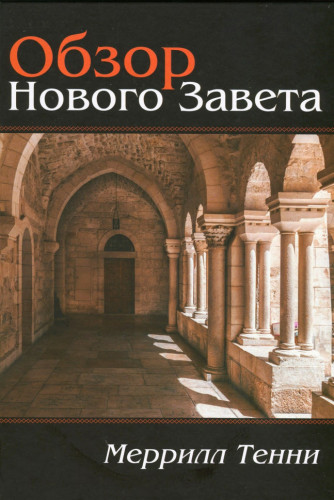
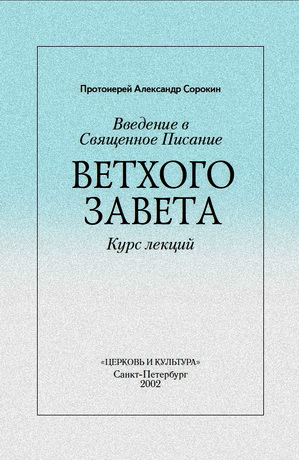
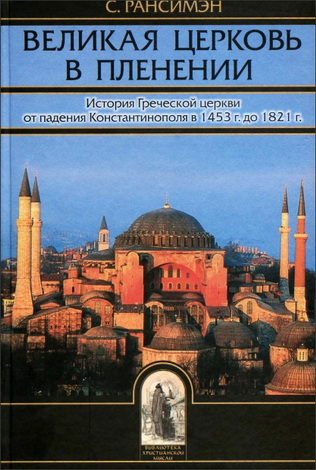

Комментарии
Пока нет комментариев. Будьте первым!